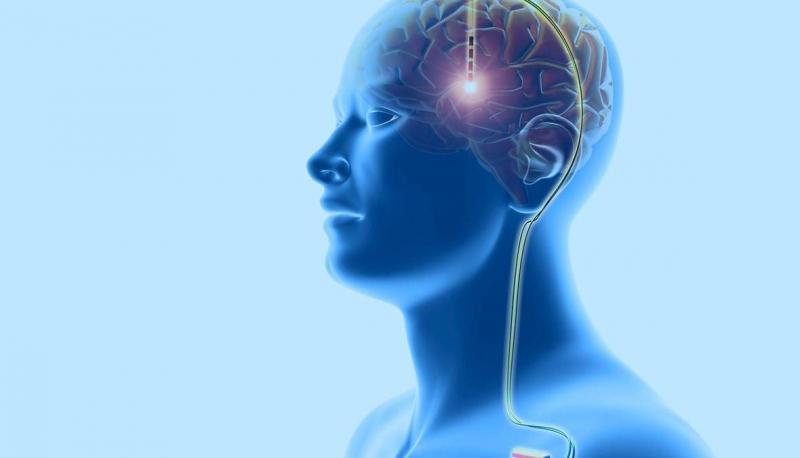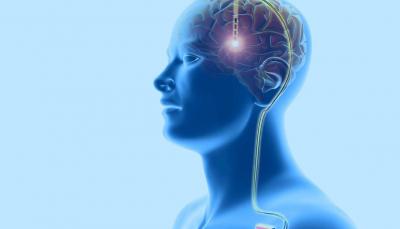Neurological disorders such as addiction, depression, and obsessive-compulsive disorder (OCD) affect millions of people worldwide and are often characterized by complex diseases involving multiple brain regions and circuits. These conditions are notoriously difficult to treat due to the complex and poorly understood nature of brain functions, as well as the challenge of delivering treatments to deep brain structures without surgical procedures. The field of neuroscience has been rapidly evolving in recent years, and non-surgical brain stimulation presents a new hope for understanding and treating countless neurological and psychological conditions without surgical intervention or implantation.
In this context, researchers at the École Polytechnique Fédérale de Lausanne successfully tested a new technique for penetrating the human brain without the need for surgery for potential therapeutic purposes. The research, which utilizes transcranial temporal interference stimulation (tTIS), specifically targets deep brain areas that serve as control centers for various important cognitive functions and are involved in different neurological and psychiatric disorders.
The study, published in Nature Human Behaviour, highlights a multidisciplinary approach that integrates medicine, neuroscience, computation, and engineering to enhance our understanding of the brain and develop potentially life-changing treatments. Professor Friedhelm Hämmerle, who leads the research, stated, "Deep brain stimulation (DBS) has already been successfully applied to deep neural control centers to reduce addiction and treat Parkinson's disease, OCD, or depression." The main difference with the approach we are taking is that it is non-surgical, meaning we use low-level electrical stimulation on the scalp to target these areas.
Pierre Vasiliadis, the lead author of the research paper, explained that the tTIS technique utilizes pairs of electrodes connected to the scalp to apply weak electrical fields within the brain. He added that until now, we could not specifically target these areas with non-surgical techniques, as low-level electrical fields would stimulate all areas between the skull and deep regions, making any treatments ineffective. This approach allows for selective stimulation of deep brain areas that are critical in neuropsychiatric disorders.
This innovative technique is based on the concept of temporal interference, initially explored in rodent models and now successfully translated to human applications by the EPFL team. In this experiment, one pair of electrodes was set to a frequency of 2000 Hz, while another pair was set to 2080 Hz. Thanks to detailed computational models of brain structure, the electrodes are specifically placed on the scalp to ensure their signals intersect in the targeted area. At this stage, the magic of interference occurs: the slight frequency difference of 80 Hz between the two currents becomes the effective stimulation frequency within the target area. The brilliance of this method lies in its selectivity; the high fundamental frequencies (e.g., 2000 Hz) do not directly stimulate neural activity, leaving overlapping brain tissues unaffected and focusing the effect solely on the target area.
This recent research focuses on the striatum, a key player in reward and reinforcement mechanisms. By stimulating the striatum at 80 Hz, the team found they could disrupt its normal functioning, which directly affects the learning process. The therapeutic potential is significant, especially for conditions such as addiction, apathy, and depression, where reward mechanisms play a crucial role. In the case of addiction, for example, people tend to overindulge in rewards, and researchers see their method as a way to help reduce this excessive pathological focus.
Furthermore, the team is exploring how different stimulation patterns might not only disrupt brain functions but also enhance them. The researchers involved in the study believe it shows promising results in improving motor behavior and increasing striatal activity, particularly in older adults with diminished learning capabilities. They consider this technology the beginning of a new chapter in brain stimulation, offering personalized treatment through less invasive means, viewing it as a non-surgical approach.




